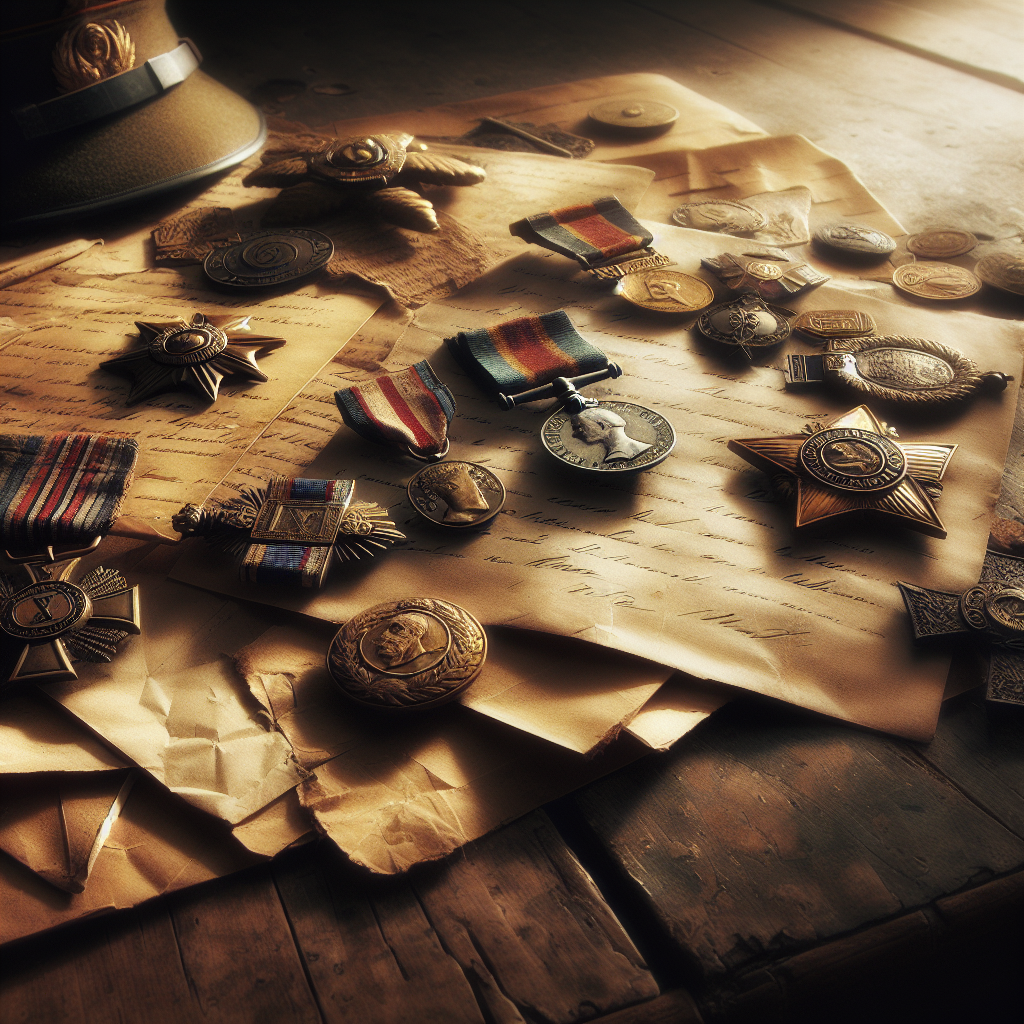The Legacy of World War I: Shaping the Strategic Minds of World War II
Diving deep into the turbulent waters of history, we're confronted by the colossal waves of World War I, and how they crashed onto the shores of the future, shaping the strategic minds that would navigate the stormy seas of World War II. It's a tale not just of battles fought and territories gained or lost but of the indomitable human spirit, resilience, and the foresight that emerged from the ashes of despair.
The Scars of War: An Unforgiving Teacher
The Great War, as it was known before the sequel engraved itself into history, was more than a conflict—it was a brutal teacher. The conscripts of World War I, many barely old enough to comprehend the gravity of the bloody trenches they found themselves in, would emerge as the key players in the strategic planning of World War II. Imagine, if you will, those barely younger or perhaps exactly your age, surviving the mire only to face the unfathomable task of rebuilding their lives amidst the Great Depression.
Their experiences on the front lines were not merely memories but lessons etched into their very souls. As they navigated the economic turmoil that followed, their hearts and minds were burdened with an even greater responsibility: the possibility of sending their own flesh and blood into the jaws of another global conflict.
From Despair to Determination: The Drive to Rebuild
The strategic leaders of the Allied forces in World War II, particularly in the West—most notably Britain and the United States—were products of this harrowing journey. Their intimate acquaintance with misery and loss fueled a collective determination to prevent history from repeating itself in such a horrific manner. They knew all too well the cost of war, not in terms of gold or territory, but in human lives and suffering.
This shared experience became the bedrock upon which they sought to build a more secure and integrated world. The answer, they believed, lay in the strength of institutions. It was not merely about forming alliances but about creating structures that could withstand the pressures of international conflicts and prevent the escalation of disputes into full-blown wars.
The Architectural Marvel of Peace: Building Institutions
The aftermath of World War I saw an explosion in institution-building on a scale never before witnessed. In the United States, the enactment of the National Security Act led to the establishment of pivotal organizations designed to enhance coordination and integration among the various elements of national power. This included the creation of the National Security Council, among others, all geared towards ensuring that the lessons learned from World War I were not merely archived but actively applied to the governance of national and international security.
Across the pond and beyond, the United Nations and NATO materialized as beacons of hope, symbols of collective security and mutual cooperation. These institutions were not just the products of diplomatic negotiations but the tangible manifestations of the strategic leaders' commitment to doing "a better job" in the realm of international relations and conflict resolution.
The National Archives
The United Nations History
NATO's History
The Horrors that Birthed Hope
The strategic leaders of World War II were seasoned by the fires of the Great War and the subsequent trials of the Great Depression. Their strategic prowess was not merely academic but forged through the lived experience of loss, leadership, and the longing for a world that could emerge stronger from its trials.
Their initiatives in institutional building were a clear departure from the nationalistic fervor and the patchwork alliances that characterized the prelude to World War I. Instead, they envisioned a new world order, one where the integration of all elements of national power through institutions could serve as the bedrock of peace and stability.
Legacy: The Gift of Foresight
As we look back, the strategic leaders of World War II offer us not just a glimpse into the past but valuable lessons for the future. Their ability to channel the horrors of their experiences into constructive action remains a testament to human resilience and the power of strategic foresight.
In today's world, where conflicts simmer on many fronts, the legacy of these strategic leaders reminds us of the importance of strong, integrated institutions and the need for cooperation beyond borders. It's a call to remember that the lessons of the past, when applied with wisdom and foresight, can pave the way for a future where peace is not just a possibility but a foundation upon which we can build a more secure and united world.
In analyzing the strategic landscape of World War II through the lens of its leaders, we're reminded that history is not just about events but about people—people who, in the face of unimaginable challenges, chose to envision a better world and laid down the architectural blueprints for us to build upon. Their legacy is our inheritance, and in it lies the blueprint for navigating the turbulent waters of our own time.
Related News
- The Complex Tapestry of War: Beyond Generals and Tactics
- Analyzing the Complexity of World War II Alliances and Anti-Communism
- The Consequences of World War I: A Catalyst for Change
- The Echoes of History in Contemporary Warfare: Unpacking the Lessons of Conflict with Andrew Roberts
- An In-depth Look at the Devastating Impact of Conflict: Insights from World War II
